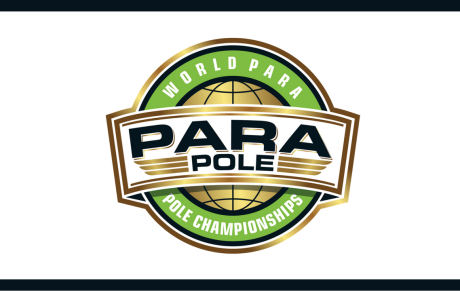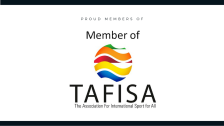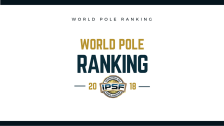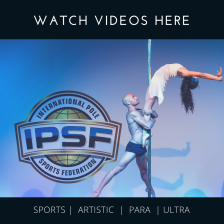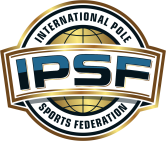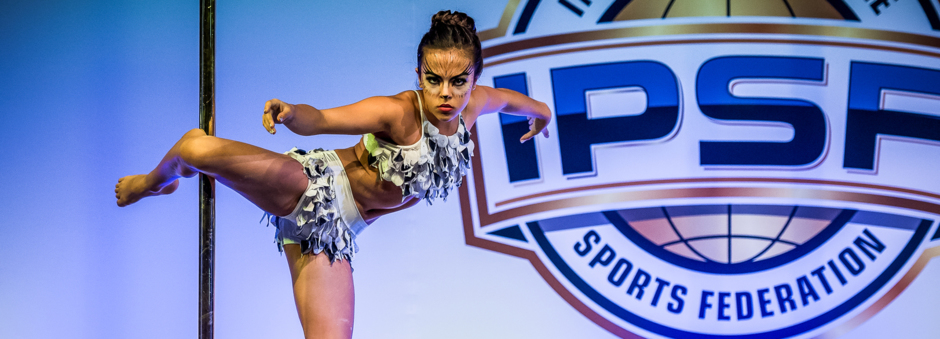
The International Pole Sports Federation was delighted to announce the introduction of a ParaPole category at the 2018 World Pole Sports Championships in the Spain.
A 3 - 5 year plan is being developed for the Para Pole Category; starting small and simple to gauge interest, nurture the sport and gradually learn each year to evolve the sport as it grows.
Challenging the interests of para-sport is the threat of one sided and predictable competition, in which the least impaired athlete always wins. To prevent this, para-athletes are placed in categories for competition based on their impairment, these are called sport classes. The IPC classification system determines which athletes are eligible to compete in a sport and how athletes are grouped together for competition. This, to a certain extent, is similar to grouping athletes by age, gender or weight.
In para-sport, athletes are grouped by the degree of activity limitation resulting from the impairment. Different sports require athletes to perform different activities. As sports require different activities, the impact of the impairment on each sport also differs (sourced from Classification Model Rules for Para Sports, January 2017- IPC International Paralympics Comité, available at www.paralympic.org/classification). Therefore, for classification to minimise the impact of impairment on pole sport performance, classification is now pole sport specific.
In Pole Sports the IPSF have selected the following eligible conditions to be part of Para Pole with further classifications and rule modifications:
- Impaired muscle power:
- Group one: PPMP1 – Able to walk
- Group two: PPMP2 – Use of wheelchair
- Limb deficiency:
- Group one: PPLD1 -Absence of one arm, amputation or congenital limb deficiency above the elbow
- Group two: PPLD2 - Absence of one leg, amputation or congenital limb deficiency above the knee
- Group three: PPD3 -Absence of one arm, amputation or congenital limb deficiency below the elbow
- Group four: PPD4 - Absence of one leg, amputation or congenital limb deficiency below the knee.
- Vision impairment:
- Group PPVI: legally blind
Description of eligible impairments accordingly to the International Paralympic Organisation:
1. Impaired muscle power:
Reduced force generated by muscles or muscle groups, such as muscles of one limb or the lower half of the body, as caused, for example, by spinal cord injuries, spina bifida or polio.
2. Limb deficiency:
Total or partial absence of bones or joints as a consequence of trauma (e.g. car accident), illness (e.g. bone cancer) or congenital limb deficiency (e.g. dysmelia).
3. Visual impairment:
Vision is impacted by either an impairment of the eye structure, optical nerves or optical pathways, or the visual cortex. A visual capacity of 5% or less.
Para pole category criteria:
- There is no limit on age
- Only singles are allowed to participate; there is no doubles category
- Only Elite division will be open for competition
Para pole athletes will be required to follow the same criteria as amateur division in terms of number of elements chosen, the eligible point range allowed and the range of elements to choose from. Amendments and exceptions have been made for the Para Pole division, please see the addendum 2 in the Code of Points.
HOW TO QUALIFY FOR THE WORLD PARA POLE CHAMPIONSHIPS
Qualification
- You can qualify by attending a national championships or applying through the link at the top of the page
